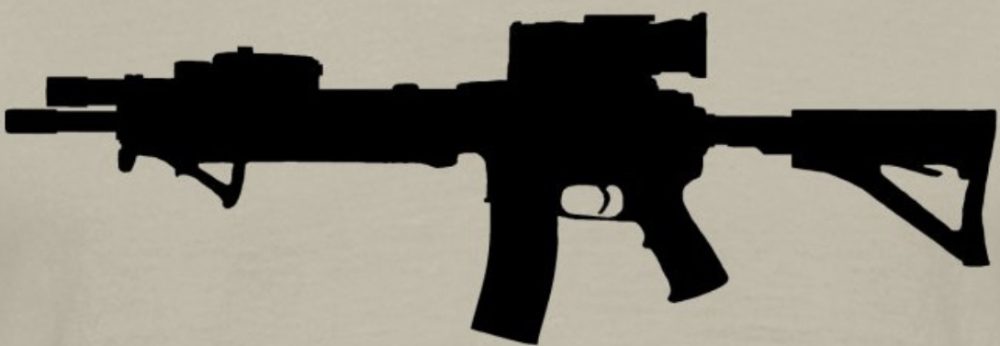I have had the TYR M/12 PICO MVW DA platecarrier system for some time now and have played around a bit with some improvements for it. I spent the last week going through the Armys Urban Combat Instructor Course and used upgrades from Orion Defence on it to make life a bit easier.
Let’s set up some scenarios to get the mindset right for this.
Imagine you are inside an armored vehicle, that ends up in a drainage ditch or river and water starts to enter, like in Iraq or Afghanistan or your army training area
Or you fall overboard during a boarding mission.
Or you are stuck inside a vehicle, on fire, because of an IED explosion.
Or you are in a helicopter, which crashes into water, water enters and your equipment is stuck on something and you have to ditch the equipment to get out before you drown to save your life. Seconds can be the difference between life and death.
Then imagine, you can only use one hand, because the other arm is broken…
These are relevant scenarios, which I have seen before in Iraq.
This is why I selected a bodyarmor vest with a cutaway feature, so that in the event that I had to ditch my gear to save my life, I could access this with either hand and maybe get out.
It would suck major balls to have experienced a lot of cool wartime stuff and die by drowning or burning up in an accident, right?

All in all, the TYR M/12 system is a very good system. It’s is lightyears ahead of what we had before, but there are several things I personally find irritating.
The biggest one is that to get in or out of the platecarrier, you have to lift up the front flap and undo the velcro of the cumberbund. This is a two hand operation everytime and even then, once you get it on, it never really sits the right sport everytime and you have to adjust it a little more to get it just right.
Orion Defence has solved this by producing a cumberbund upgrade with a plastic buckle, named ROC80, which resembles the First Spear Tubes as far as I can tell.This way it is always adjust to the same position and it can be release immediately by one hand by pulling a toggle.




I have measure the weight of the Orion Defence cumberbund compared to the TYR PICO cumberbund. Everyone who follows this blog, knows I care a lot about the weight of our equipment, something which generally should be lowered.
In order to compare the two different cumberbunds, there are some things to take into consideration:
- Ease of use, meaning getting in and out of.
- Loadbearing capacity, meaning rows of PALS/Molle to mount other equipment. TYR has the traditional webbing straps, Orion Defence has the same amount of laser cut slots, so they are similar in this respect.
- Do you need to carry the softarmor inserts for side protection?
We will revisit this again later.

TYR Cumberbund, complete (Minus softarmor insert) for a L/XL platecarrier weighs 249g.

Orion Defence cumberbund complete, weighs 154g, so you can save 95g on each side if you dont have to wear the softarmor inserts for the sides.

If you have to carry the softarmor inserts, then the weight of the pocket must be added. That one weighs 100g.

So the Orions cumberbund with softarmor pocket, comes to a total weight of 258g, this is an increase on each side of 9g.

Those 18g total is not enough to get my weight OCD to start flipping out, when I don’t have to mess with the front magazine flap. The advantages far outweigh the 18g increase in total weight.
However, if you did not have to wear the softarmor insert, but still need to carry other gear on your cumberbund, then there is a significant difference and weight savings by mounting the Orion Defence cumberbund. Because it has the same amount of laser cut slots as the TYR Cumberbund has, but on the TYR cumberbund, you still have to mount the side insert pocket, so now were are talking a overall weight saving of 190g. This is worth noting.
But obviously, thats not possible, because some thing you have to wear everything all the time, so in reality you end up with a weight gain of 18g. But then you have a much easier and safe system to use and that counts for a lot.
To release the Orion Defence cummerbund, all you have to do is pull out and up in the paracord toggle and the buckle releases and you can pull the platecarrier off.
After having used it for a week in the Urban Combat Course, the system shows no sign of wear or bad construction. I can not speak to how well the buckle will hold up in arctic conditions as I have not been able to test that.
One of my main concerns was that the buckle might accidentally open during activity, but I did not experience that at anytime and I did a lot of crawling and scaling walls and climbing through window openings all week.
Summa Sumarum:
This is not a nice Gucci shiny thing to wear, this in my view is an essential need to have upgrade, which makes the TYR PICO platecarrier more userfriendly but most important of all, more safe and fast to get out of in case you need to ditch your gear to save your life.
110% Tactical.dk approved and recommended. (If that means anything to anyone, that is)
Orion Defence can be reached through their Facebook page: https://www.facebook.com/oriondefence.eu/















































